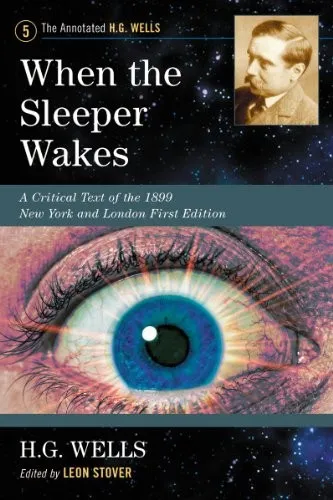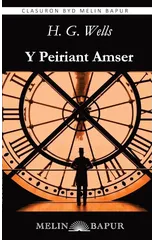When the Sleeper Wakes
A Critical Text of the 1899 New York and London First Edition, with an Introduction and Appendices : 5
(Author) H.G. WellsCritics view When the Sleeper Wakes as a prototype of the anti-utopian novel, a genre developed by Zamyatin, Huxley, and Orwell into nightmare futures associated with the totalitarian age and the moral horrors of fascism and communism. Annotated by the world's leading Wellsian scholar, in Sleeper is found a greater measure of artistry and characterization than is usually accorded it. As a complex work combining technological with social speculation, Sleeper is unmatched for canniness in the history of futuristic literature. Indeed, its aeronautical details influenced the Wright Brothers in the design of their flyer, and the novel predicts the promotion of airplanes as a weapon, a prophecy dramatically fulfilled in the twentieth century. This exhaustive critical edition features a lengthy introduction, appendices, bibliography and index, and a frontispiece taken from the original 1899 edition.
H.G. Wells
H.G. Wells was a prolific English writer best known for his science fiction novels. His most notable works include "The War of the Worlds," "The Time Machine," and "The Invisible Man." Wells' writing style was characterized by his imaginative storytelling, social commentary, and exploration of scientific concepts. He is often credited with popularizing the science fiction genre and influencing future writers in the field. "The War of the Worlds" remains his most famous work, depicting a Martian invasion of Earth and exploring themes of imperialism and the resilience of humanity. Wells' contributions to literature have had a lasting impact on the genre of science fiction and continue to be celebrated to this day.






